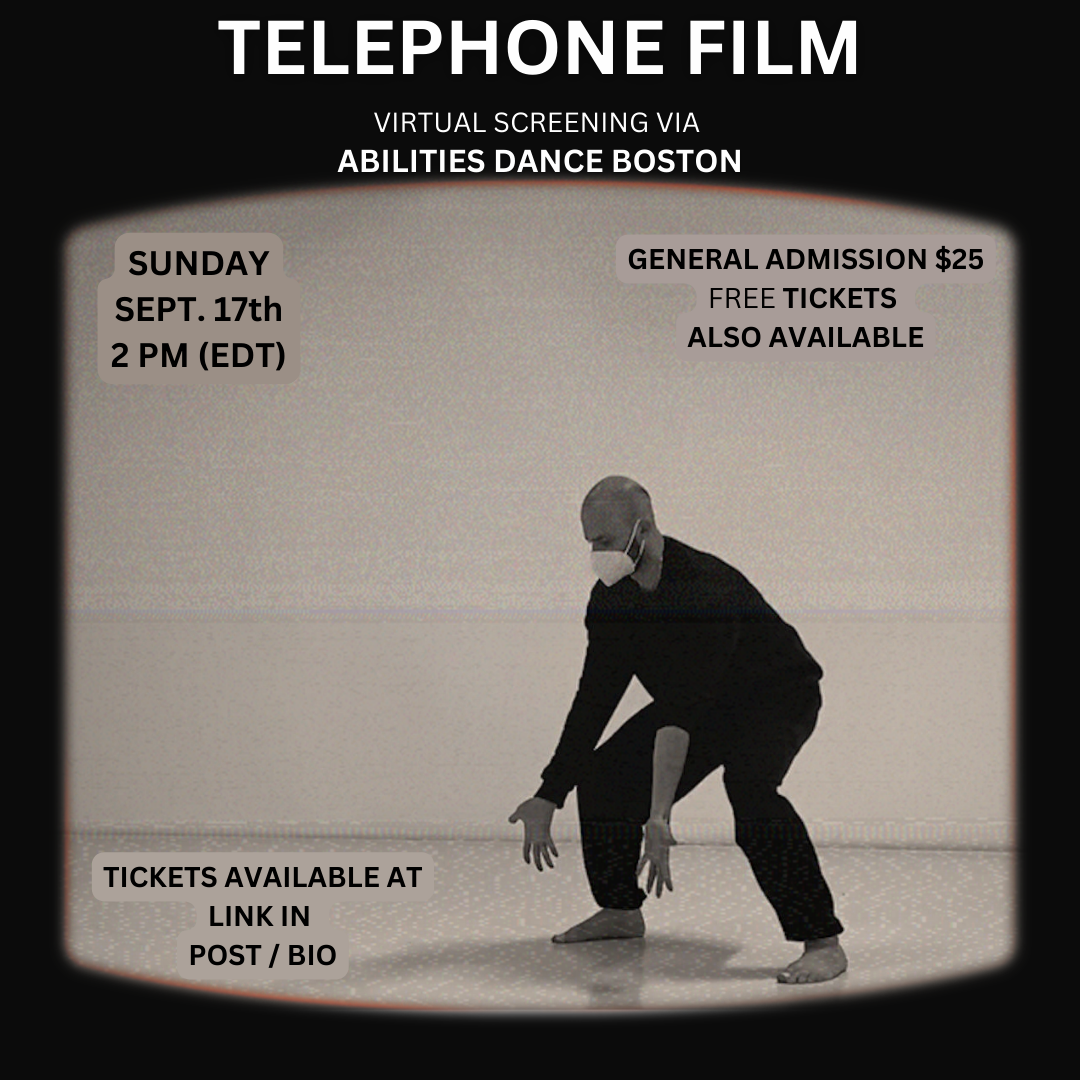This is a one minute video of a ballet partnering class at a pre-professional ballet school. The students are teenagers who are on their way to professional careers in the major international ballet companies. Here’s a brief summary of what happens in this video.
The teacher, Slawek, is a professional danseur and the instruction he is giving is primarily directed to the boys in class. He invites one of the girls, Tessa, to help him demonstrate a complex partnering exercise to the pairs of students. He crouches down and Tessa takes a seat on his shoulders, her bent legs draped over his chest. His verbal instructions are, while he is partnering with Tessa, “You go like this: one, two, three, and out.” He turns to the boys and says, “Does that make sense?” He doesn’t wait for the boys to say anything to him, and continues: “So hug this leg, help her a little bit at the start with that one.” Immediately, each of the three pairs of students try to replicate what Slawek and Tessa did together, but none of them succeed. They all get confused and something goes wrong. The third boy gets particularly confused, so Slawek calls for Tessa to partner with him, but that doesn’t help. Slawek’s voice sounds frustrated. The title of this video is “The chaos of teaching a duet,” and the video does not disappoint. How exasperating for this teacher to have students that are so clueless and chaotic, the video seems to imply. I’m here to say, as a fellow ballet teacher, that these are actually great students, focused and trying very hard, and this teacher needs to think about the descriptions he uses when teaching.
Let’s analyze what Slawek and Tessa do in their single demonstration to the class. Tessa is seated up on Slawek’s shoulders. They are both facing the mirror (and the photographer). The first thing that Slawek does is hug her right leg with his right arm while pushing her left leg off of his left shoulder. Pushing Tessa’s left leg off his shoulder makes Tessa rotate ninety degrees around Slawek’s upper body, until she is seated just on his right shoulder with her torso facing his head. This movement is what Slawek calls “One.” Once Tessa is seated on Slawek’s right shoulder, he wraps his left arm around the back of her waist and rolls her over the front of his chest, so her torso is pressed against his left side. He is still lightly supporting her on her right leg, but is mostly holding her up at her waist now. This step is what Slawek calls “Two.” Finally, Slawek places both of Tessa’s feet on the floor while rotating her torso to face the front of the room and lets go of her right leg completely. This step is what Slawek calls “Three.” Finally, Tessa rotates both of her heels (fouette chasse) so she and Slawek are both facing the right side of the room, and with his hand still lightly on her waist, they chasse forward together simultaneously. This is what Slawek called “And out.”
Now, let’s analyze what the boys do with their partners. All three boys start out correctly, pushing the left leg of their partners off their shoulders, but they all go awry in the same way. They all get stuck holding their partner’s right leg off the floor, so they can’t finish the sequence with the chasse together. The third boy gets so stuck, his partner can’t even roll over his chest, and even when Tessa is called to help him, he’s still stuck holding her right leg and doesn’t know what to do. All three boys made the same mistake. Why did that happen?
The title of the video and Slawek’s tone of voice implies that it’s because the students don’t know what they are doing and are at fault. I’m here to say: If three of your students make an identical misunderstanding, it is certainly the fault of the teacher. Let’s analyze how Slawek chose to explain this complex sequence to his students. If you analyze what he does and what he says, there’s really only one truly unambiguous instruction that he gives to the boys: hug this leg. All three boys did exactly that: they all hugged their partner’s right leg. However, at no point did Slawek say when the boys should let go of their partner’s leg, or even explain that it is a gradual release. They all did as they were told and hugged those legs! The third boy, with whom Slawek demonstrates the most frustration, took this instruction so seriously, that he was hugging his partner’s leg so tightly, she got stuck on the front of his chest! The third boy was actually the best student and took his teacher’s instruction the most literally, and he ended up having the hardest time!
Right now, in September of 2023, I’m teaching my eleventh cycle of Dark Room Ballet Introductory Level classes (the tenth cycle online).
The people who study Intro are adults that are visually impaired or blind, and many of them don’t have prior knowledge of the basic movement principles of ballet. I remember my question and answer times during my early cycles of Intro, and very often, there would be one or more students with a major misunderstanding from the lesson. I recall in particular an early Intro question and answer time in which one student got the impression that in ballet, the foot always needed to be in the pointed shape, even when standing on the foot. I remember being really concerned about this misunderstanding, but then I reflected on what I’d said in class: “In ballet, we are always pointing our feet.” I neglected to say that actually, in ballet, we are always pointing and unpointing our feet, our feet are always changing shape, pointing and relaxing, as we do our footwork in class. Now, I always explain both pointing and unpointing, and no other student has had the same misunderstanding. I knew immediately that my student’s misunderstanding was my failure to explain adequately. We point and unpoint our feet, we hug this leg and gradually release it. Maybe the reason why I knew to reflect on the language I had chosen is because I have a Master’s of Education, which is something very uncommon in dance instruction in the United States. Something that I know for sure is that question and answer times for Intro these days are mostly about checking comprehension, or exploring detail, or considering applying ballet logic to our unique physical experiences, and I almost never have major misunderstandings anymore. Why is that? Because I reflect after every class, every conversation with a student, every cycle, and think about ways to be more precise. I’m sure that after teaching another eleven cycles of Intro, my language will be even more precise!
Many of my students have had educational experiences in which teachers have blamed their misunderstandings on their own failures as educators. In particular, disabled people studying with teachers who don’t want to reflect on their teaching style have this experience a lot. I’m here to say that I’m of the opinion that if teachers, especially movement teachers, take the work that they do seriously, they must reflect on their work and take responsibility when their students misunderstand.
If you misunderstand your dance teacher, and you don’t get clarification when you ask for help, and you feel inadequate or clueless after a lesson, that is not your fault! Your dance teacher owes you reflection, owes you consideration, owes you precision and explanations, no matter if you’re a teenager on track to becoming the next big star with American Ballet Theater or a blind adult on a path to self-actualization as an artist. That is what dance teachers owe to their students.

